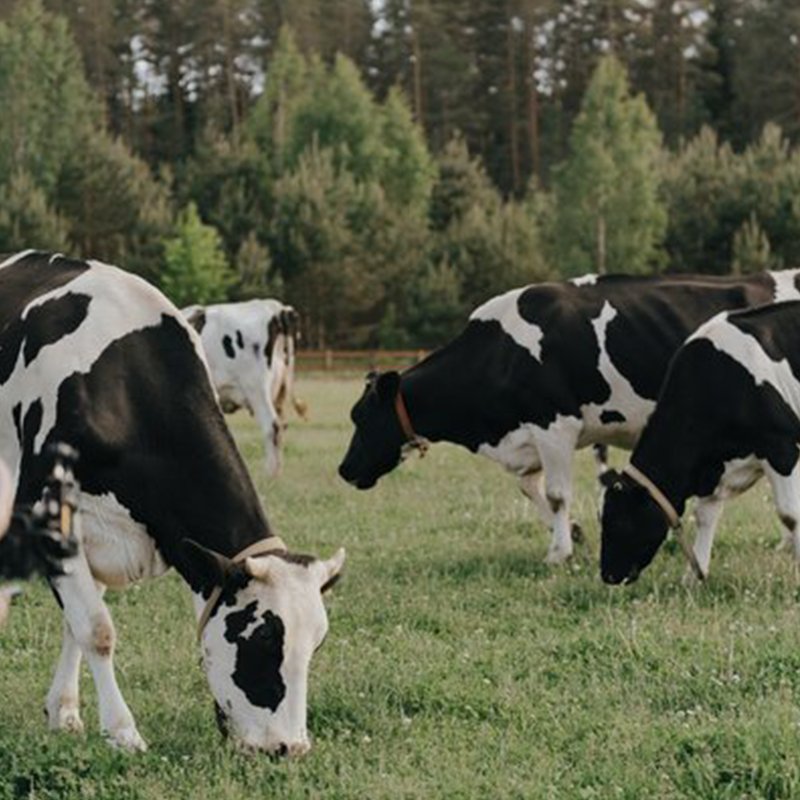At Boob to Food we are always talking about the importance of eating nutrient-dense foods, especially for babies and growing children. Organ meats and other ‘unusual’ cuts are rich in essential nutrients and usually more affordable than your classic steak or stir-fry. There is no doubt that some cuts require a little TLC when it comes to preparing them, but once you know how, it couldn’t be simpler. What’s more is that they often go hand in hand with what are considered to be staple ingredients – think root vegetables, onions, celery, seasonal greens, spuds and various legumes. Some cuts are so flavoursome (and forgiving) that slow cooking in nothing but water and a little salt will result in an incredibly delicious dish. When cooked simply, the leftovers from one meal can be transformed into multiple dishes. Given the cost of living crisis currently gripping many households, nose-to-tail eating is one of the ways we can maximise food resources, reduce waste, and stretch our budgets further.
To kick off our new series, ‘Make Ends Meat’, we’re going to take a close look at nose-to-tail eating. What is it, why does it matter and how to adopt a nose-to-tail approach? We’ll begin sharing simple recipes, including tips for preparing, sourcing and cooking all the odd bits. We’ve included a ‘not so scary’ first recipe with tips on how to serve it in an age appropriate way to the whole family, along with two other simple recipes for using up any leftovers. What’s best is that each serving costs just $3.75, less if you include the number of baby portions and purchase non-organic noodles and wraps.
The notion of ethical eating extends beyond just plant-based diets and emphasises the importance of creatively utilising available resources, particularly those that are overlooked. The rise of high-profile chefs and celebrities have no doubt played a role in discussions about evolving norms surrounding meat consumption, including humane meat production, wild game, and nose-to-tail eating. Popular programs such as River Cottage Australia, Gourmet Farmer, and Paddock to Plate, often depict an idyllic country lifestyle, featuring utopian ideals of small-scale animal farming. These days social media seems to be full of posts about ancestral eating, the benefits of liver and why we should all be drinking bone broth. In fairness, I’m sure algorithms have a lot to do with that, however it’s undeniable that many of us are reevaluating our diets to align better with our values. Striving to become an “ethical meat consumer” is undoubtedly a part of this broader trend and some advocates argue that the best way to do that is through embracing a nose-to-tail diet.
Nose-to-tail is a culinary philosophy that advocates for using every part of the animal in food preparation. It revolves around the belief that if an animal is killed for food, it’s respectful and ethical to use every part of it, from nose to tail, minimising waste. This philosophy not only promotes sustainability but also encourages a broader culinary appreciation of the entire animal, beyond just the prime cuts. Throughout history, many cultures have celebrated animals in their entirety, meticulously preparing the innards, feet, cheeks, and tails of various creatures. There are numerous benefits to this type of eating, and it is deeply rooted in many traditional cuisines worldwide.
Historical and Cultural Significance
When a family or community slaughtered an animal, nothing was wasted due to the sheer value of the food source. Many cultures consumed every part of the animal out of necessity. To this day, nose-to-tail eating often takes centre stage in communal feasts and celebrations, bringing people together to share in the bounty. For example, in Spain, “matanza” is a traditional pig slaughter and feast. The community comes together, and over several days, nearly every part of the pig is processed and stored, from blood sausages to stews.
Ethical Implications
If a life is taken, the philosophy contends, it’s only right to utilise every part of that life. This approach also promotes a more sustainable and humane livestock industry.
Environmental Considerations
The current Western diet often focuses on a select few cuts, leading to waste. Nose-to-tail eating promotes a balanced consumption model, which is inherently more sustainable. When every part of the animal is consumed, fewer animals need to be raised which has the potential to reduce our carbon footprint, especially if they are regeneratively farmed.
Nutrition
Organ meats are nutritional powerhouses. For example, the liver is high in vitamin A, B vitamins, and iron. Kidneys are rich in selenium and various essential nutrients, and bone broths are a rich source of minerals and collagen. Whilst capsulated freeze dried organs and collagen powders are a convenient option, they’re expensive which makes them inaccessible for many households.
Economic Benefits
Many off-cuts or organ meats are less expensive than prime cuts, making nose-to-tail eating more economical. Butchers and/or farmers can benefit financially as well since they can sell every part of the animal.
Tips For Adopting a Nose-to-Tail Approach:
- Start with familiar cuts and gradually introduce organ meats. For instance, incorporate small amounts of liver or kidney into minced meat dishes.
- Educate yourself on traditional recipes from various cultures. Keep an eye out for old French cookbooks at second-hand stores, they’re often full of delicious nose-to-tail recipes.
- Build a relationship with local butchers or farmers who can provide guidance and source various cuts.
- Attend workshops or classes that focus on nose-to-tail cooking.




Awesome philosophy on nose to tail eating, it makes so much sense!
so glad you enjoyed the read!